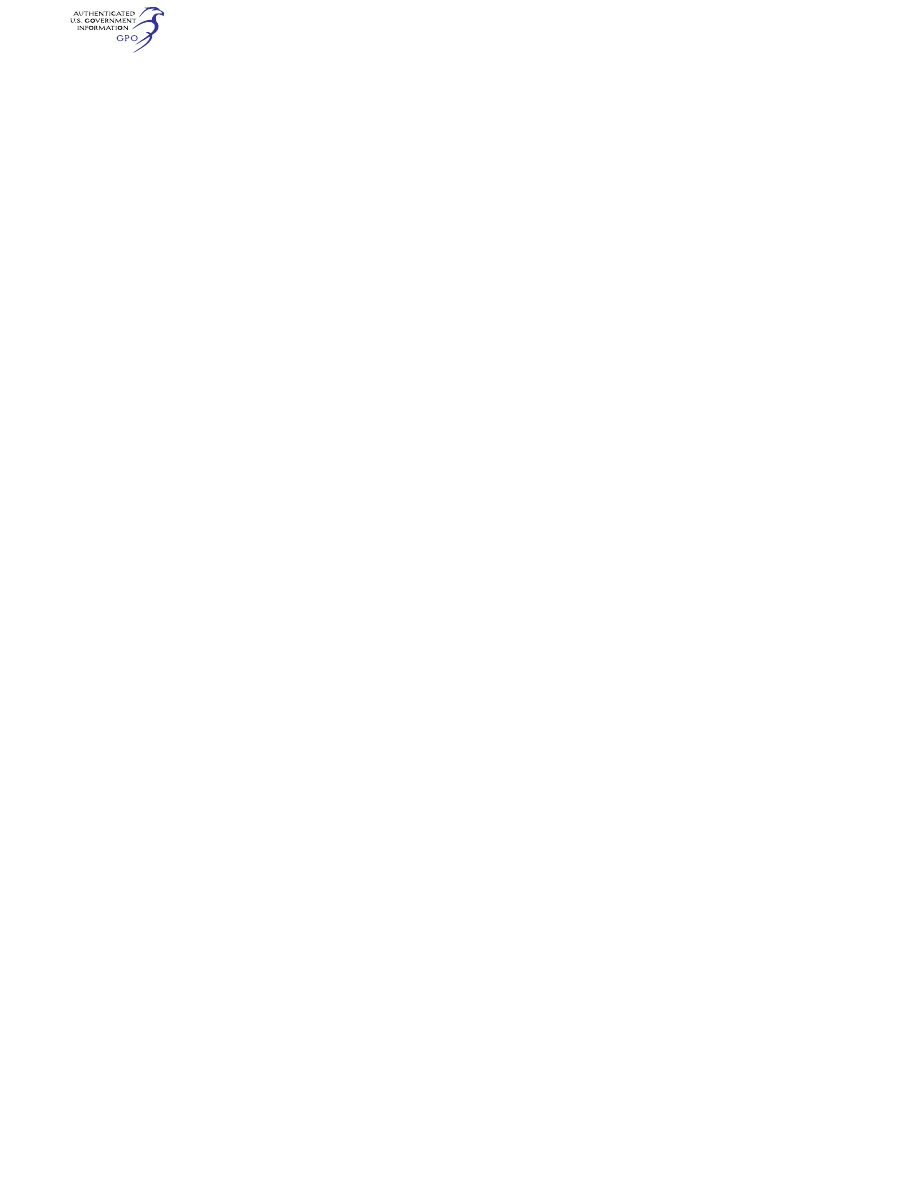
335
Federal Aviation Administration, DOT
§ 125.141
contained in any one compartment, ei-
ther during the time it is being extin-
guished, or thereafter, unless the extin-
guishing system floods those compart-
ments simultaneously.
§ 125.123 Propeller deicing fluid.
If combustible fluid is used for pro-
peller deicing, the certificate holder
must comply with § 125.153.
§ 125.125 Pressure cross-feed arrange-
ments.
(a) Pressure cross-feed lines may not
pass through parts of the airplane used
for carrying persons or cargo unless
there is a means to allow crewmembers
to shut off the supply of fuel to these
lines or the lines are enclosed in a fuel
and fume-proof enclosure that is venti-
lated and drained to the exterior of the
airplane. However, such an enclosure
need not be used if those lines incor-
porate no fittings on or within the per-
sonnel or cargo areas and are suitably
routed or protected to prevent acci-
dental damage.
(b) Lines that can be isolated from
the rest of the fuel system by valves at
each end must incorporate provisions
for relieving excessive pressures that
may result from exposure of the iso-
lated line to high temperatures.
§ 125.127 Location of fuel tanks.
(a) Fuel tanks must be located in ac-
cordance with § 125.153.
(b) No part of the engine nacelle skin
that lies immediately behind a major
air outlet from the engine compart-
ment may be used as the wall of an in-
tegral tank.
(c) Fuel tanks must be isolated from
personnel compartments by means of
fume- and fuel-proof enclosures.
§ 125.129 Fuel system lines and fit-
tings.
(a) Fuel lines must be installed and
supported so as to prevent excessive vi-
bration and so as to be adequate to
withstand loads due to fuel pressure
and accelerated flight conditions.
(b) Lines connected to components of
the airplane between which there may
be relative motion must incorporate
provisions for flexibility.
(c) Flexible connections in lines that
may be under pressure and subject to
axial loading must use flexible hose as-
semblies rather than hose clamp con-
nections.
(d) Flexible hoses must be of an ac-
ceptable type or proven suitable for the
particular application.
§ 125.131 Fuel lines and fittings in des-
ignated fire zones.
Fuel lines and fittings in each des-
ignated fire zone must comply with
§ 125.157.
§ 125.133 Fuel valves.
Each fuel valve must—
(a) Comply with § 125.155;
(b) Have positive stops or suitable
index provisions in the ‘‘on’’ and ‘‘off’’
positions; and
(c) Be supported so that loads result-
ing from its operation or from acceler-
ated flight conditions are not trans-
mitted to the lines connected to the
valve.
§ 125.135 Oil lines and fittings in des-
ignated fire zones.
Oil lines and fittings in each des-
ignated fire zone must comply with
§ 125.157.
§ 125.137 Oil valves.
(a) Each oil valve must—
(1) Comply with § 125.155;
(2) Have positive stops or suitable
index provisions in the ‘‘on’’ and ‘‘off’’
positions; and
(3) Be supported so that loads result-
ing from its operation or from acceler-
ated flight conditions are not trans-
mitted to the lines attached to the
valve.
(b) The closing of an oil shutoff
means must not prevent feathering the
propeller, unless equivalent safety pro-
visions are incorporated.
§ 125.139 Oil system drains.
Accessible drains incorporating ei-
ther a manual or automatic means for
positive locking in the closed position
must be provided to allow safe drainage
of the entire oil system.
§ 125.141 Engine breather lines.
(a) Engine breather lines must be so
arranged that condensed water vapor
that may freeze and obstruct the line
cannot accumulate at any point.